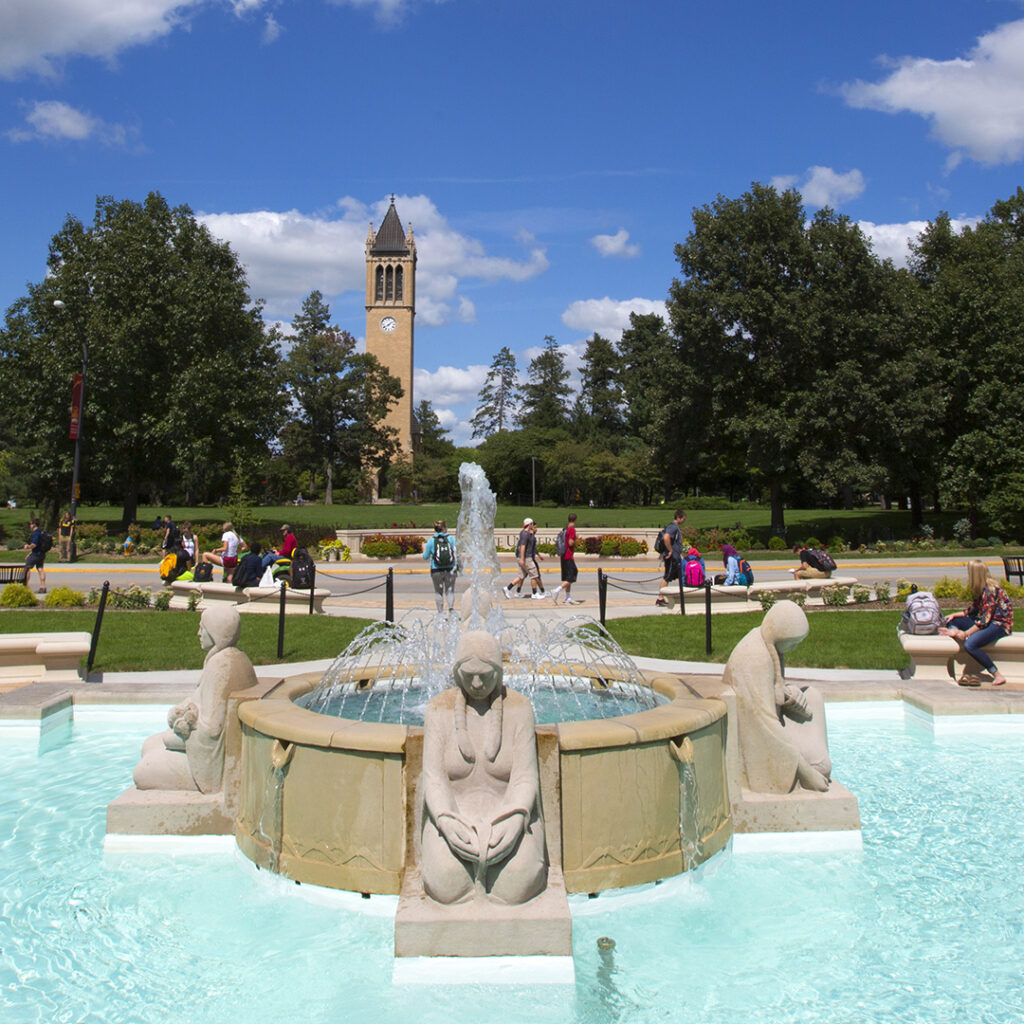
About the Art
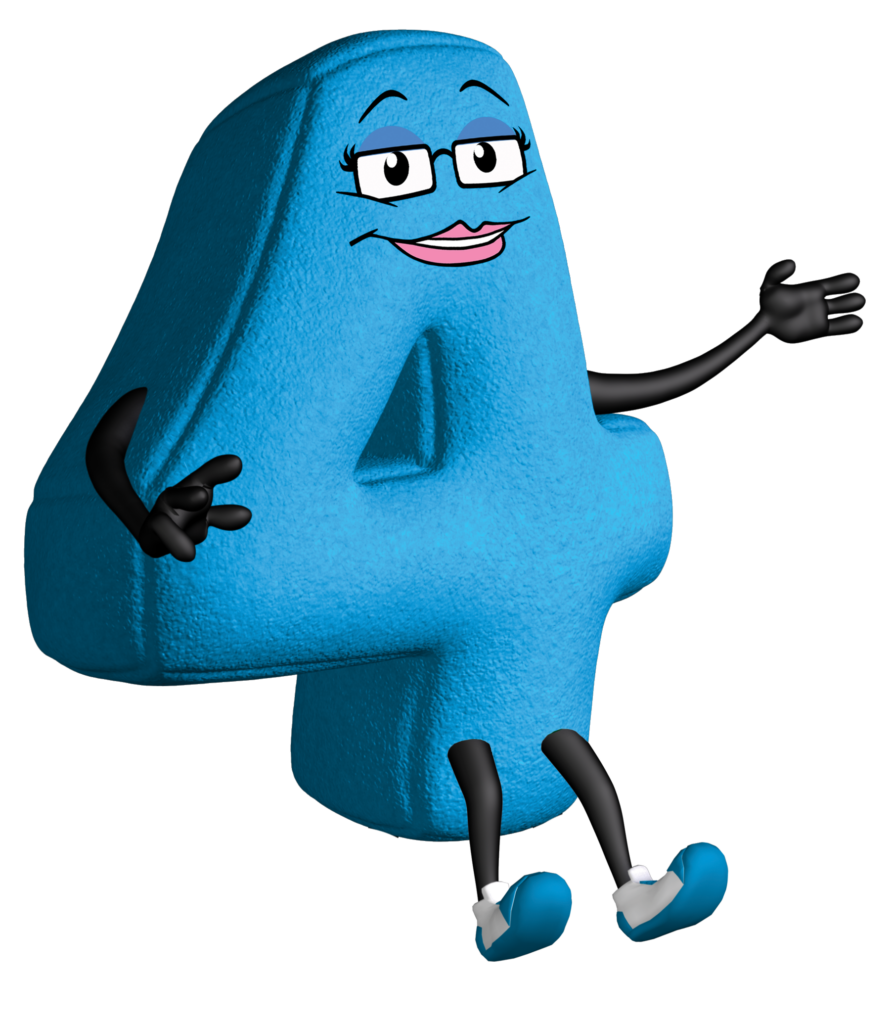
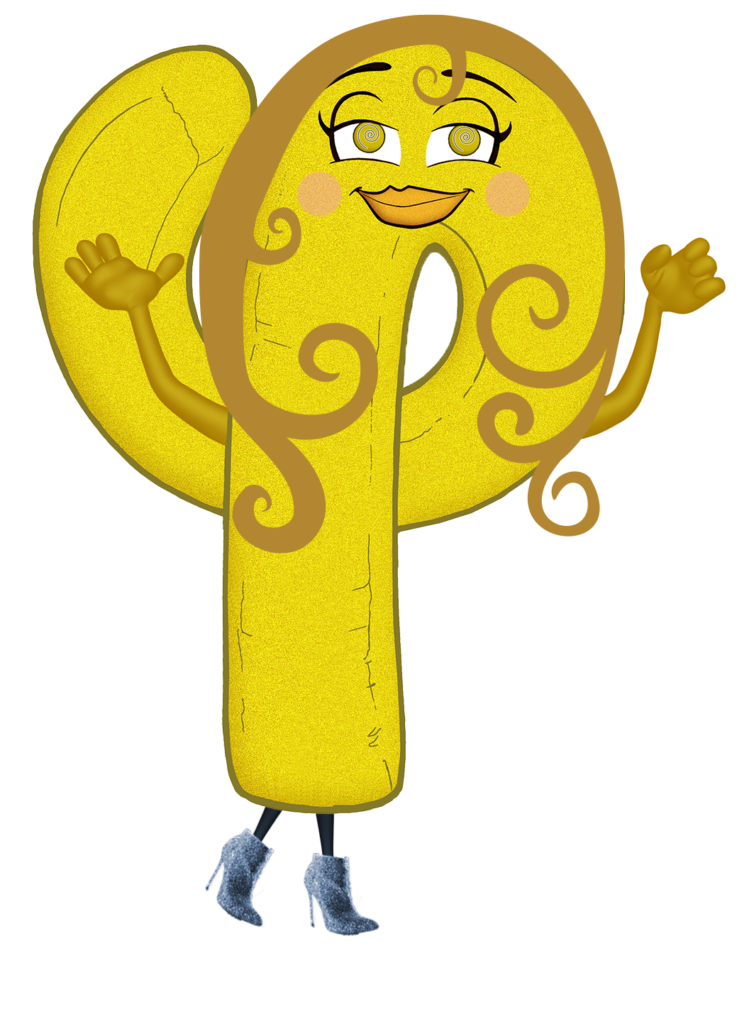
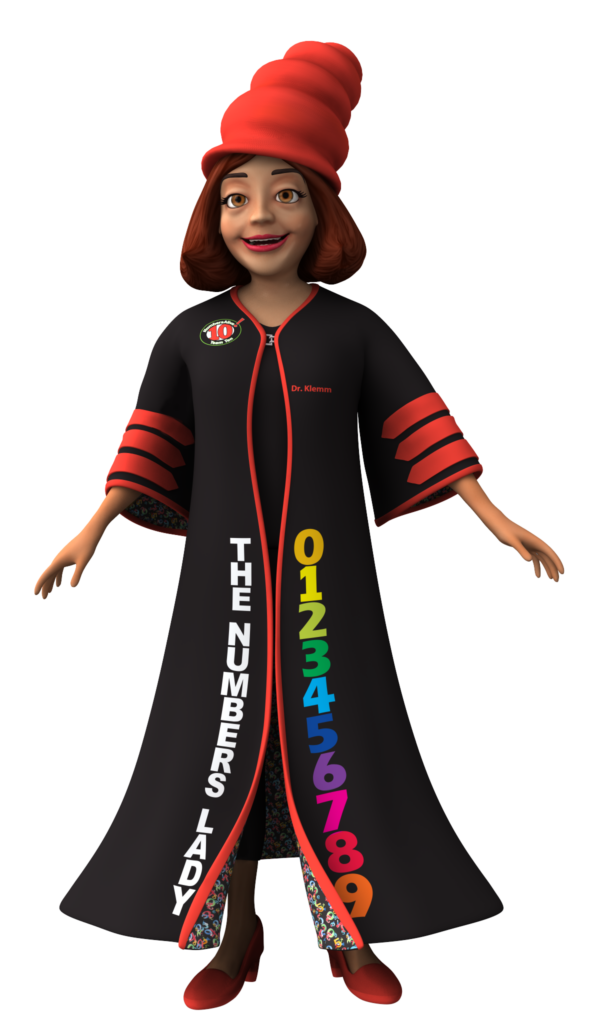
Placed around a circular fountain the four seated American Indian women represent an Osage chant of thanksgiving. Facing north, south, east, and west, each is bowed in prayer visually providing a line of a prayer.
The first woman is planting the seed “Lo, I come to the tender planting.”
The second woman is bending close to earth. “Lo, a tender shoot breaks forth.”
The third holds a harvest basket of maize. “Lo, I collect the golden harvest.”
The fourth nurses her newborn baby. “Lo, there is joy in my house.”
The four sculptures are carved from Bedford limestone and are placed around a circular base of terra cotta sculpted with a corn relief. Each maiden sculpture is 42 in tall, 24 in wide and 24 in deep.
According to notes of artist Christian Petersen,
“Full water display symbolizes the
- fullness of the elements…
- arch of the sky…
- the life-giving rains…
- the calmness of the Indians in the face of the turbulence…
- tranquil water…
- tranquility of the Indians…
much water symbolizes elemental turbulence.”
Commissioned by Iowa State University and originally Installed in 1941 in the north courtyard of Memorial Union, the sculpture was conserved and reinstalled in 1998. Additional conservation began in 2023; it is expected to be reinstalled during Fall 2024.
At the rededication ceremony of June 6, 1998, Iowa State University President Martin Jischke said “This fountain represents why President Hughes brought Christian Petersen to this campus and why we continue to use the arts here to study. This fountain is a wonderful representation of a way of life and culture through artistic expressions, way of life and culture that are different from the one that most of us know – but one that is an essential part of the history of this state and nation…Gazing at the beautiful serenity of the four Indian maidens welcoming all of the campus; relaxing or studying to the gentle sound of running water; and feeling the cool spray of water on windy days.”
About the Artist

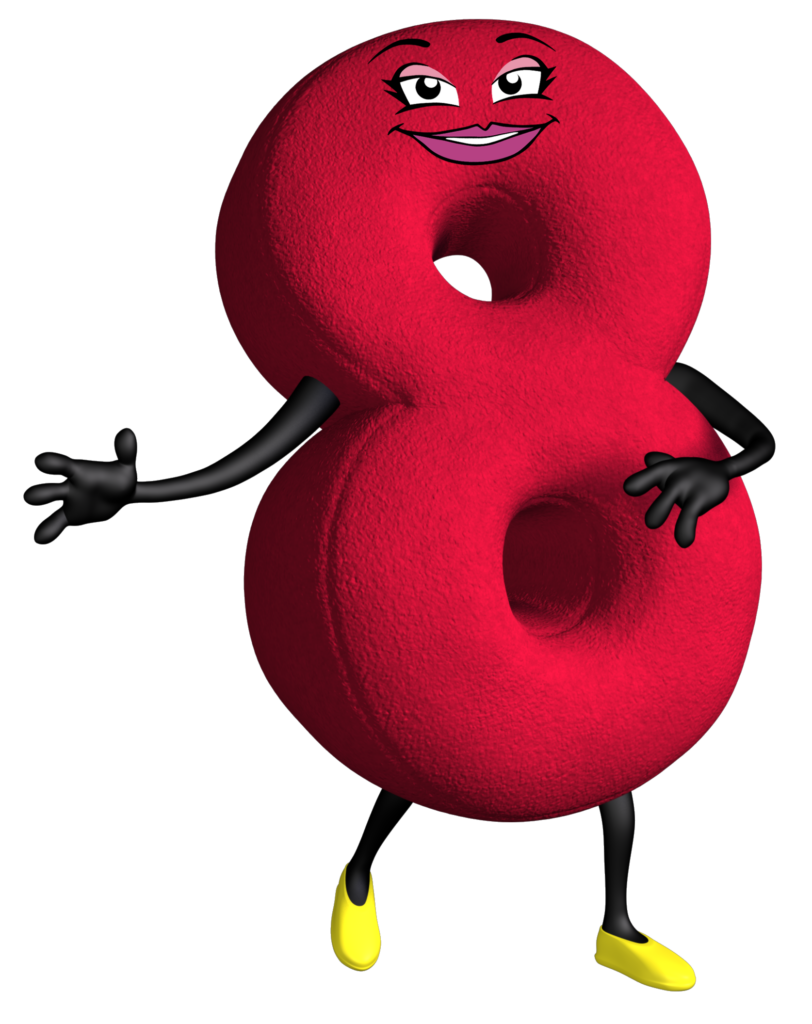
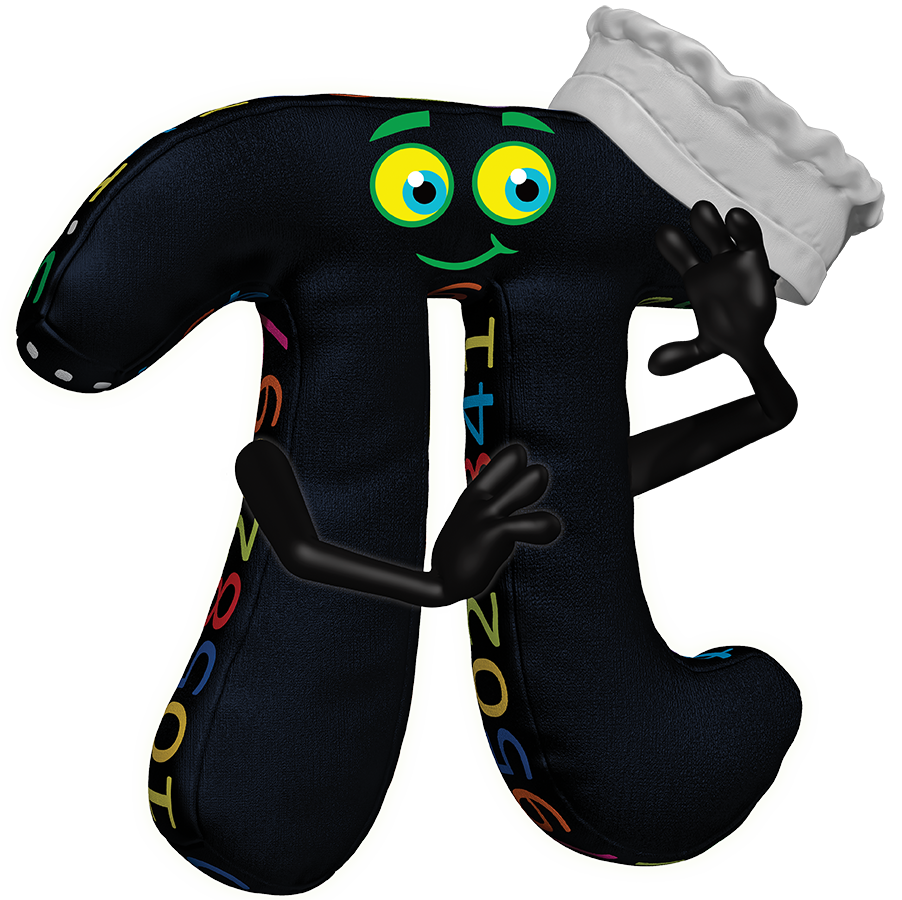
Danish-American sculptor Christian Petersen (1883-1961) was Iowa State University’s sculptor-in-residence from 1934 to 1955. During his 21 years as a working teacher-artist, he pioneered hands-on sculpture classes and art appreciation for beginners at a land-grant agricultural college. Peterson’s work enhanced the lives of students, faculty, and area residents for decades thereafter. He created 12 major public installations and 38 sculptures for the ISU campus.
In 1940, Christian Petersen attended the Story County, Iowa, cornhusking contest, where he saw Marion Link husk 70 ears of corn in one minute. Petersen was so impressed with the 24-year-old farmer that he immediately went home and made the first model for his sculpture Cornhusker. Link went on to win the Iowa State championship, cleaning more than 3,000 pounds of corn in 80 minutes.
The Cornhusker and examples of other Petersen sculptures follow.
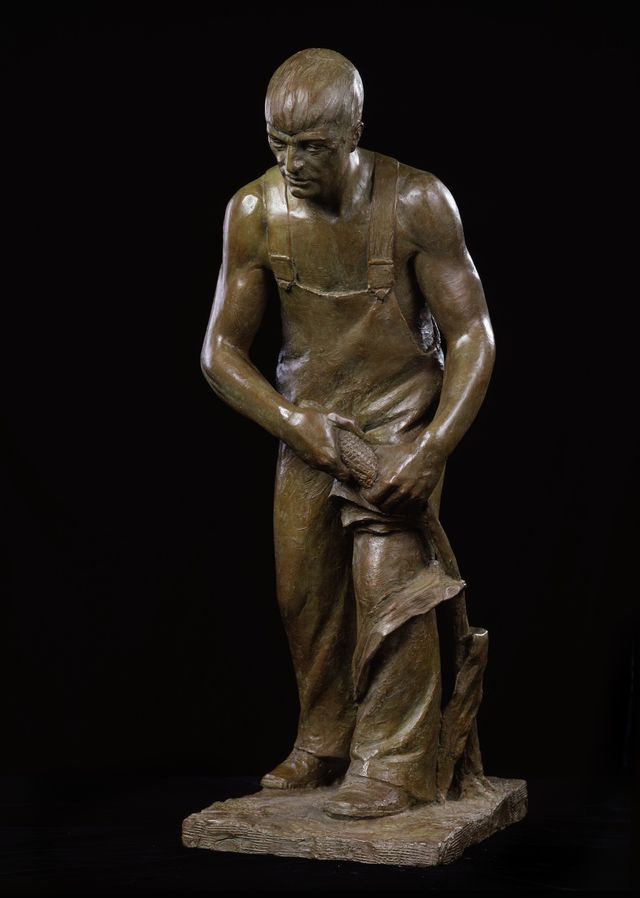
Cornhusker, 1941, Smithsonian American Art Museum, Washington, D.C.
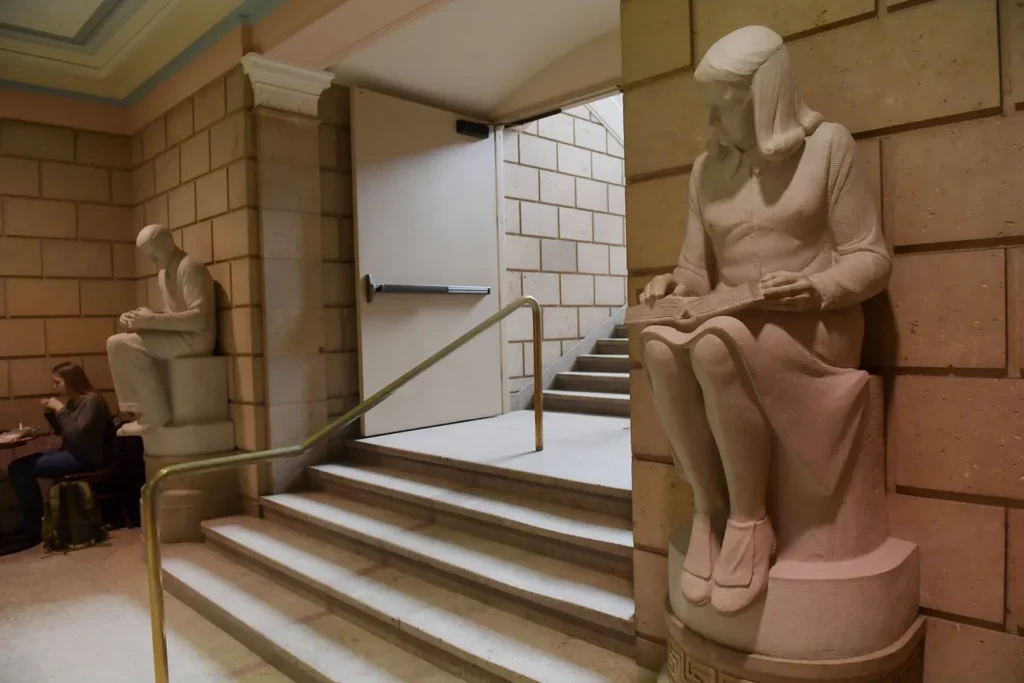
Library Boy and Girl, 1944, located inside the original lobby of Parks Library, Ames, Iowa
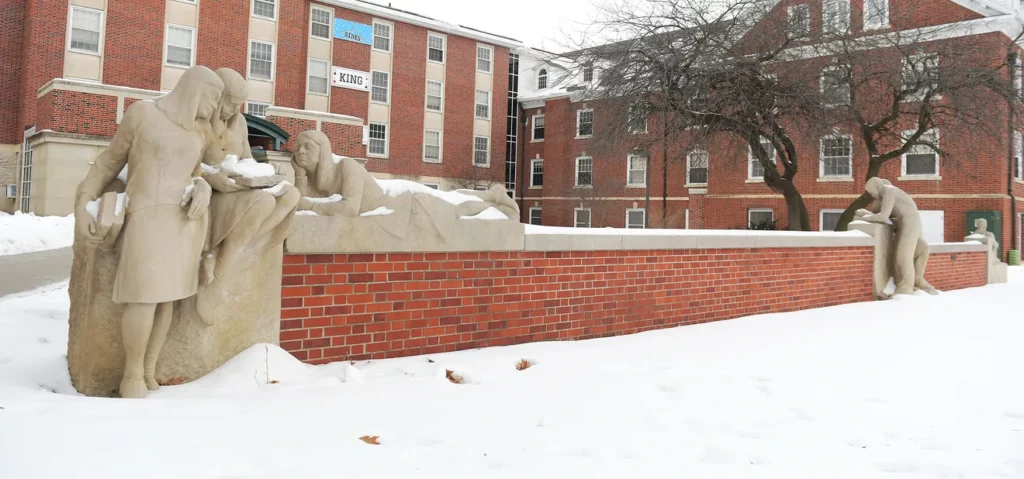
Conversations, 1947-1953, located in the south side courtyard at Oak Hall, Ames, Iowa

Christian Peterson created more than 1,250 known works of art throughout his career.
For additional art by Christian Peterson, please visit Veterinary Medicine Mural & The Gentle Doctor.
Relevant Terminology/History
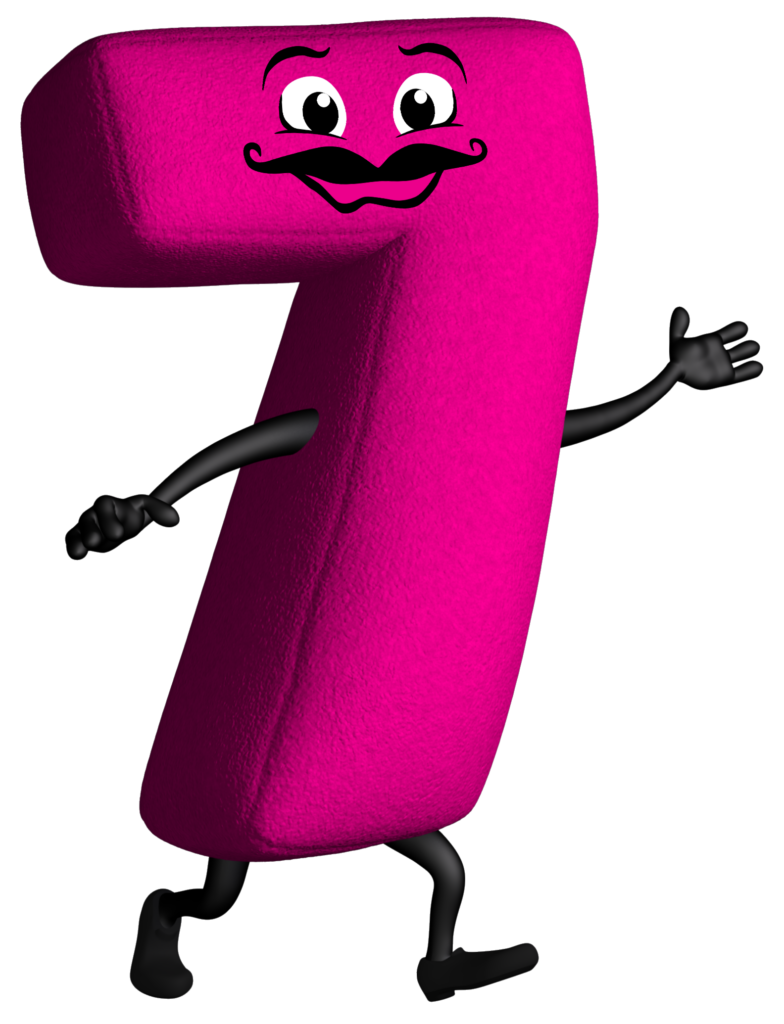

Bedford limestone (Indiana limestone; Salem limestone) is used as a building material, particularly monumental public of structures. It is often called the best quarried limestone in the US. Like all limestone, it is a rock primarily formed of calcium carbonate.
Approximately 35 of the 50 state capitol buildings are made of Bedford limestone. The Empire State Building, Biltmore Estate, and National Cathedral in Washington, DC are made of Bedford limestone.
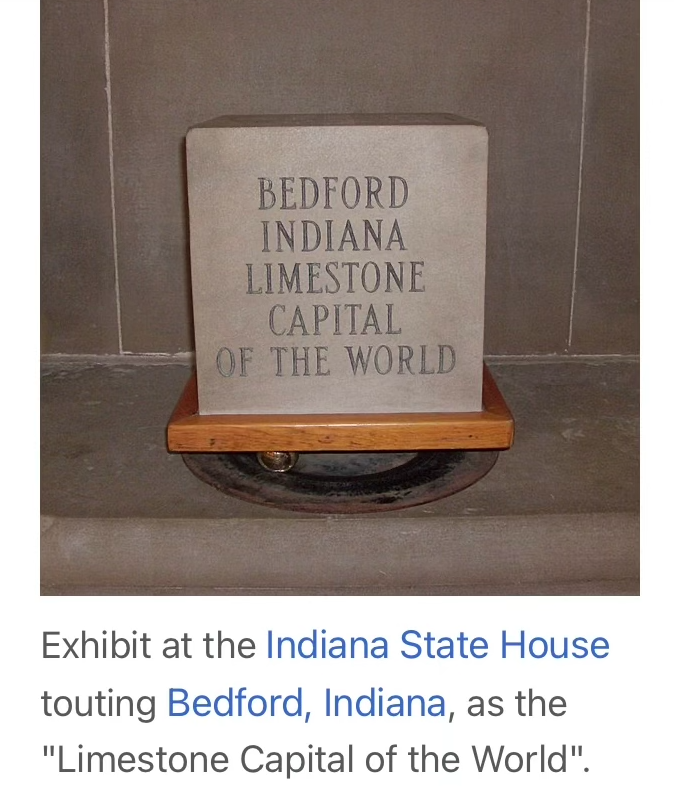
A campanile is an Italian bell tower.
Behind the fountain sits the older Iowa State University Campanile. It was designed by Architect George Hallett and built J.F. Atkinson and Brothers in 1897/1989 in the name of Mrs. Stanton, wife of Professor Stanton. Ten balls were originally placed in the tower in 1998. In 1929 an additional 26 bells were added. In 1956 another 13 balls were added. In 1967 another one ball was placed in the tower generating a total of 50 balls.

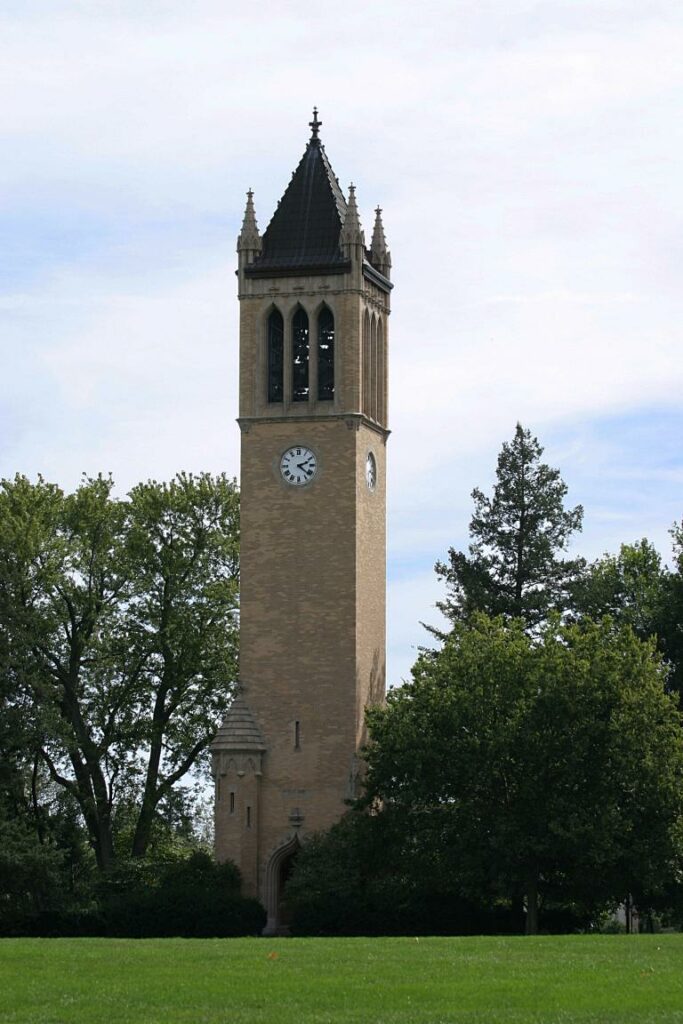

Iowa State University Campanile, 1898, Ames, Iowa, image courtesy of Wikipedia
The Osage Nation tribe developed in the Ohio and Mississippi river valleys around 700 BCE. Current members of the tribe speak English or Osage languages in the states of Oklahoma, Missouri, Kansas, and Arkansas led by Geoffrey M. Standing Bear. The 2022 population was 24,292. Many Osage people were driven to Oklahoma from their land in Kansas when the Oklahoma land was deemed worthless. Once oil was received Osage Nation members began receiving royalty payments from the oil industry known as “headrights.”
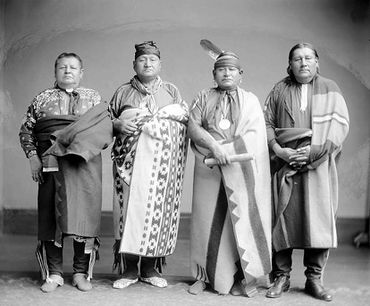
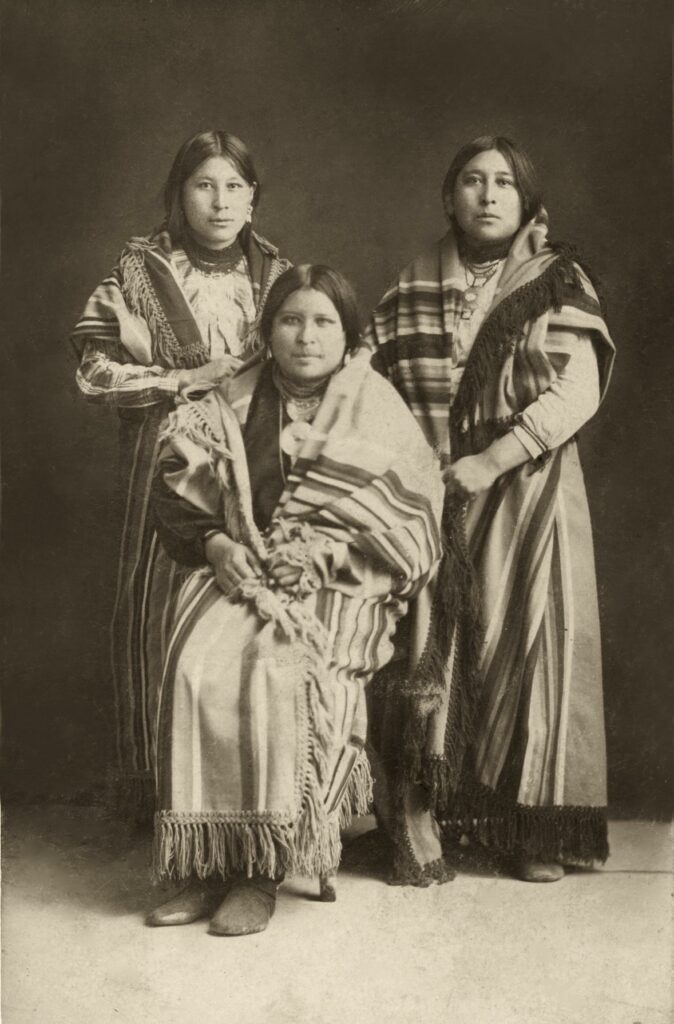
Image of Osage Nation tribal members.
Fun fact: The average Osage Indian was 6 feet tall!
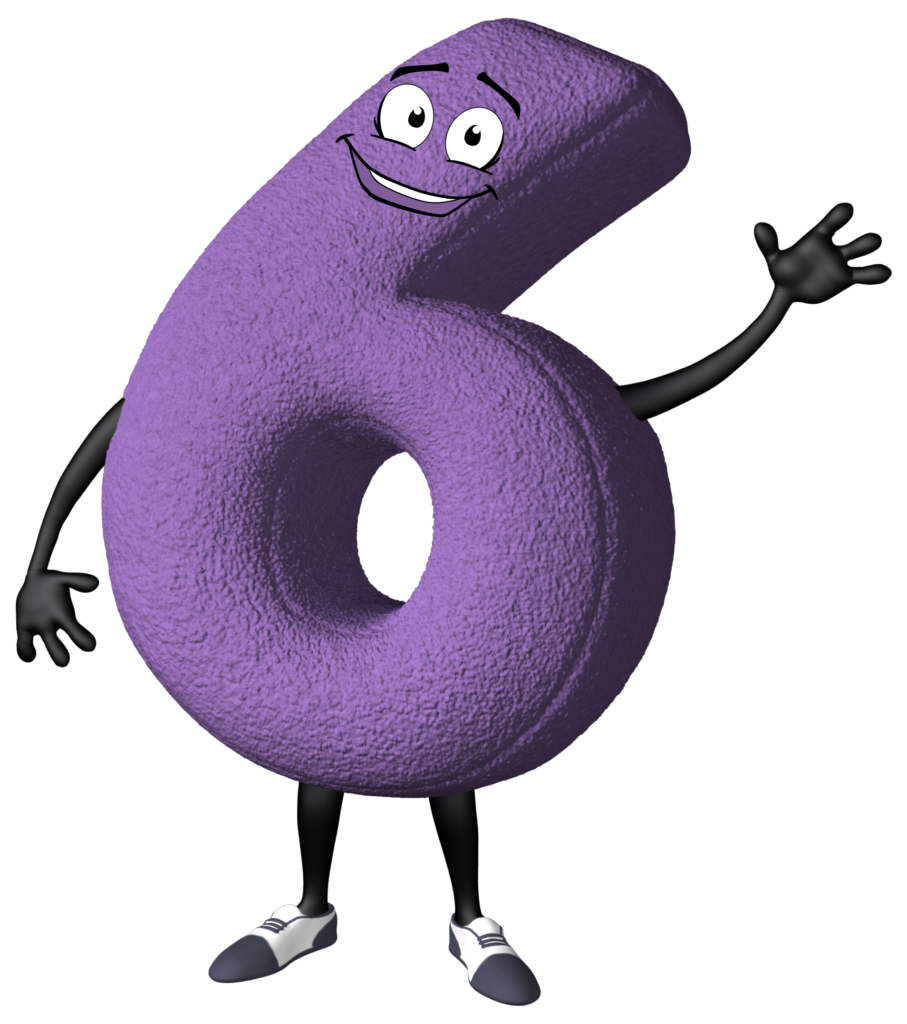
August: Osage County is a tragicomedy play written by Tracy Letts. It was the recipient of the 2008 Pulitzer Prize for Drama. The play premiered at the Steppenwolf Theatre in Chicago on June 28, 2007. The play had its Broadway debut at the Imperial Theater on December 4, 2007. The production transferred to the Music Box Theatre on April 29, 2008. The Broadway show closed on June 28, 2009, after 648 performances and 18 previews, even though the play was 3½ hours in length! The play has subsequently been produced around the world and Tracy Letts wrote the screenplay version.

August: Osage County Playbill, 2007, from Steppenwolf Theatre in Chicago, Illinois
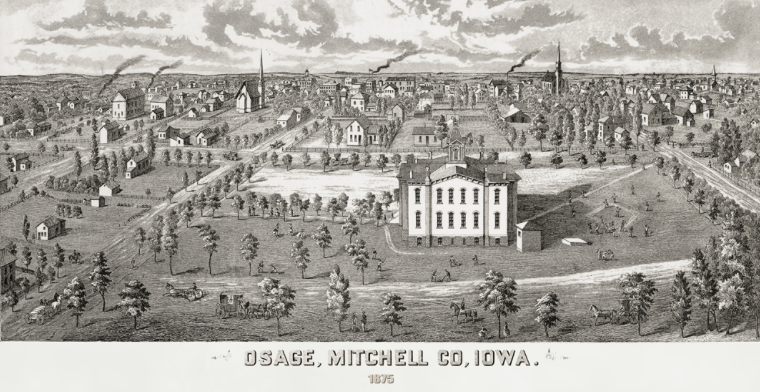
Historic map of Osage, Iowa
Learning Guide
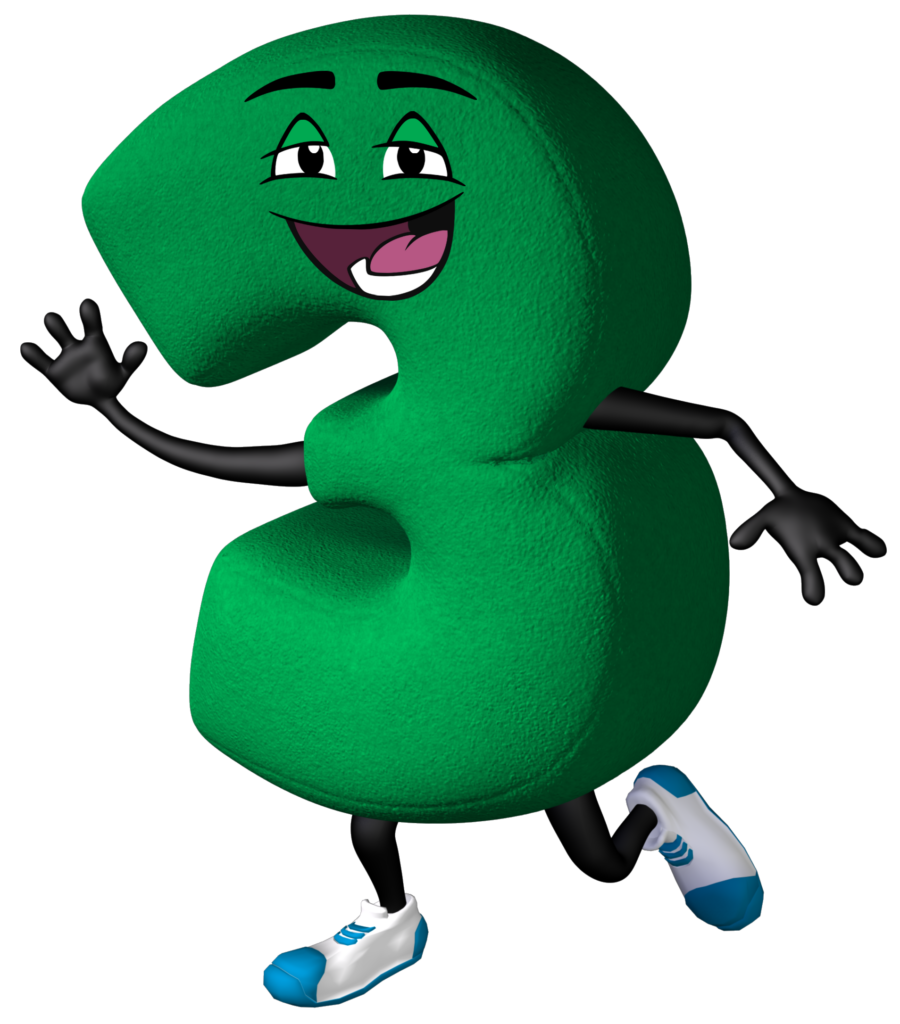


- What do you think the title has to do with the art?
- Why do you think all Team Ten and STEM Squad characters are included on this website page?
- Why do you think the image of The Numbers Lady is included on the front cover?
- How many characters are there in total for Team Ten and STEM Squad?
- Do you think Petersen thought about the location of the Iowa State University Campanile when discussing the location and design of the Fountain of the Four Seasons? Why?
- How many balls were in the ISU Campanile tower in 1930? Why?
- What other American Indian tribes do you know? Where were they originally located and where are they now?
- How many feet tall is each maiden in the Fountain of the Four Seasons? How do you know?
- How many minutes are in 3½ hours?



